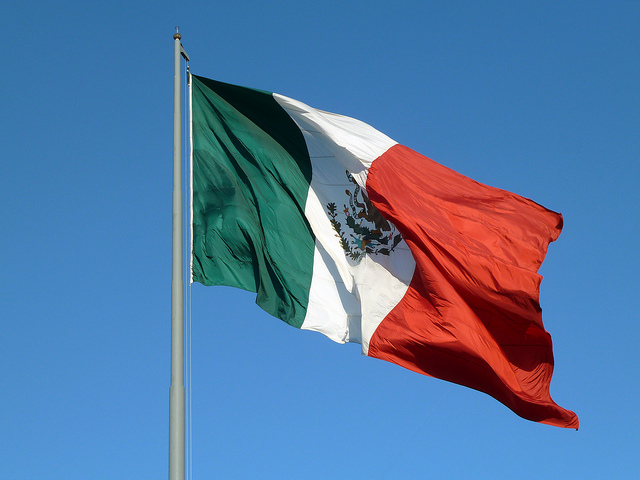This Saturday will mark the one-year anniversary of the Iguala mass kidnapping, an incident that has tested the ability of the Mexican government to dutifully enforce the rule of law following the disappearance of 43 students in the Mexican state of Guerrero.
With the whereabouts of their loved ones still unknown, the families of the missing students have not only lost their patience with the government but their confidence in them as well. Given the case’s excessive amount of tampering by authorities, there is still no clear explanation as to what occurred the night the students went missing.
After leaving to partake in a protest against the government’s education reform, more than 100 students from the all-male Ayotzinapa Rural Teachers’ College planned to travel to Mexico City to raise money to participate in a march commemorating the 1968 student massacre by government forces in the Tlatelolco section of the Capital. While on their journey, the teachers-in-training were shot at by local policemen, who arrested them upon stepping out of their bus. Deeper investigation on the case, as well as eyewitness accounts from those who managed to flee from police custody, suggested that the students were later handed over to members of a local drug cartel who then murdered them and incinerated their bodies.
What was perhaps most disturbing about this case were the ages of the kidnapped students, all of whom were 19 to 20-something year old and could have been anyone’s classmates.
Given Mexico’s long-standing record of corruption, organized crime and disregard for the economically and socially marginalized, cases like the Sept. 26 mass kidnapping and the way in which they are handled are nothing new even if they do manage to spark outrage among the international community. Despite President Enrique Peña Nieto’s pledge to “bring peace to Mexico,” the series of incidents that has occurred since his election victory in 2012 has only exposed the fragility of the country’s institutions and the corruption that further weakens them. Although they have a long history of hostility towards those matriculated at Ayotzinapa, a school known to instill left-wing values into its students, the Mexican security forces suspected of participating in this case have yet to be questioned fully.
As more and more revelations slowly began to surface, the world saw Mexico hit by seismic uproar of demonstrations that demanded answers, justice and even the resignation of Peña Nieto. Though it may not be a Syria, Somalia or a South Sudan, there have been heightened concerns as to whether Mexico may become the next “failed state.” Of course, these fears may be over-exaggerated, since the country is not as ideologically divided or as conflict-ridden as the aforementioned ones are.
Even so, the research institution Fund for Peace, known for its failed states index, placed Mexico on a “high warning” status of becoming a failed state, in light of its worsening security apparatus and its increasing trend of group grievances. Moreover, this past decade alone has brought about sporadic episodes of the Mexican State repeatedly failing to protect human rights and enforce the rule of law over its entire jurisdiction.
Drug cartels, such as those believed to be involved in the kidnapping, continue to operate more strongly than ever. Some are now even straying away from their traditional operations within the underground drug trade and onto more blatant criminal activities like hijacking shipments of oil. In addition to the considerable amount of influence they have on Mexican politics, the growing strength and highly organized structure of these clandestine syndicates could put them on par with a shadow government.
Given the United States’ close proximity to Mexico, any kind of turbulence south of the border always poses the possibility of spilling over and into the north. Thus, the situation in Mexico needs not only to be seen through a human rights perspective but through a national security one as well. Rather than concentrating their efforts on quelling the turmoil in Europe’s backyard, the US government must pay more attention to the escalating tensions in its neighbor, Mexico.



